Pre – Production
Pre-production is the planning process and execution of every task that must take place before production begins. It usually begins once the script is finished and involves the director, cinematographer, producers, first assistant director, production managers, production coordinators, and location scouts.
Services we provide for your projects




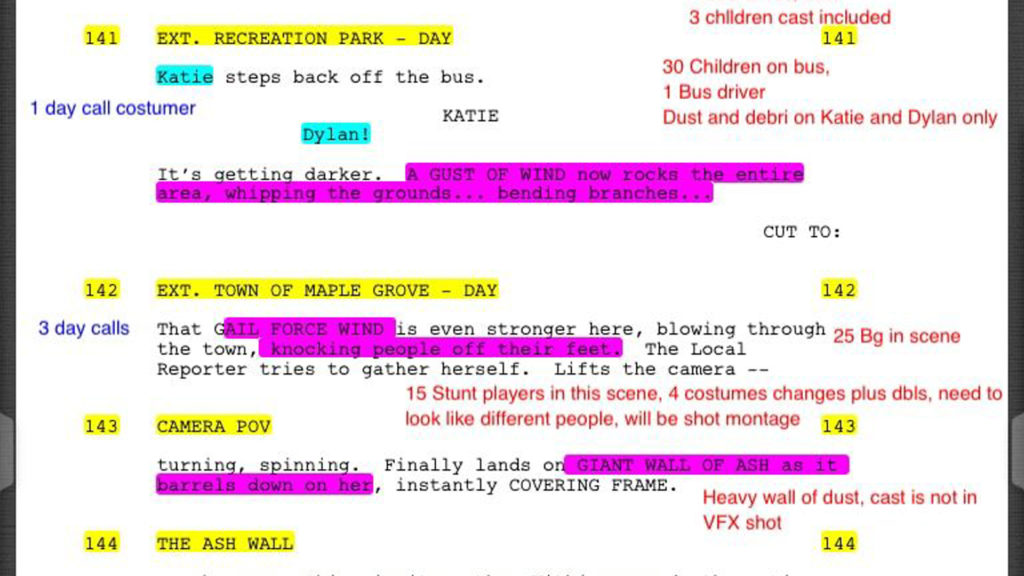
Script Breakdown
A script breakdown is an important filmmaking process that allows you to identify all the script elements needed to prep, schedule, and budget a film production. … A script breakdown element is an object, person, or process that is identified when creating a scene breakdown, such as: Cast / Characters. Extras. Props.
Story Board
A storyboard is a graphic organizer that plans a narrative. Storyboards are a powerful way to visually present information; the linear direction of the cells is perfect for storytelling, explaining a process, and showing the passage of time. At their core, storyboards are a set of sequential drawings to tell a story.



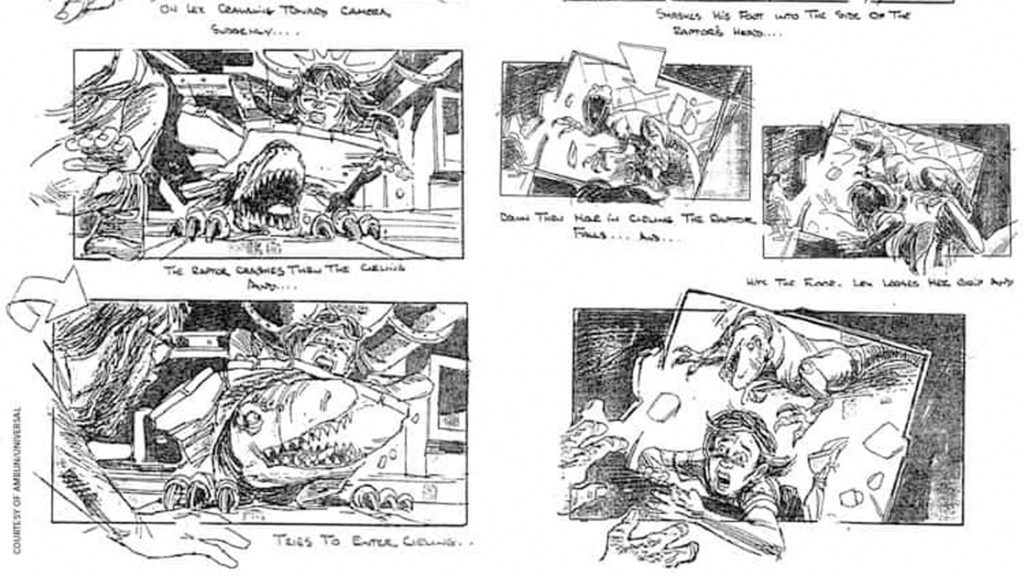

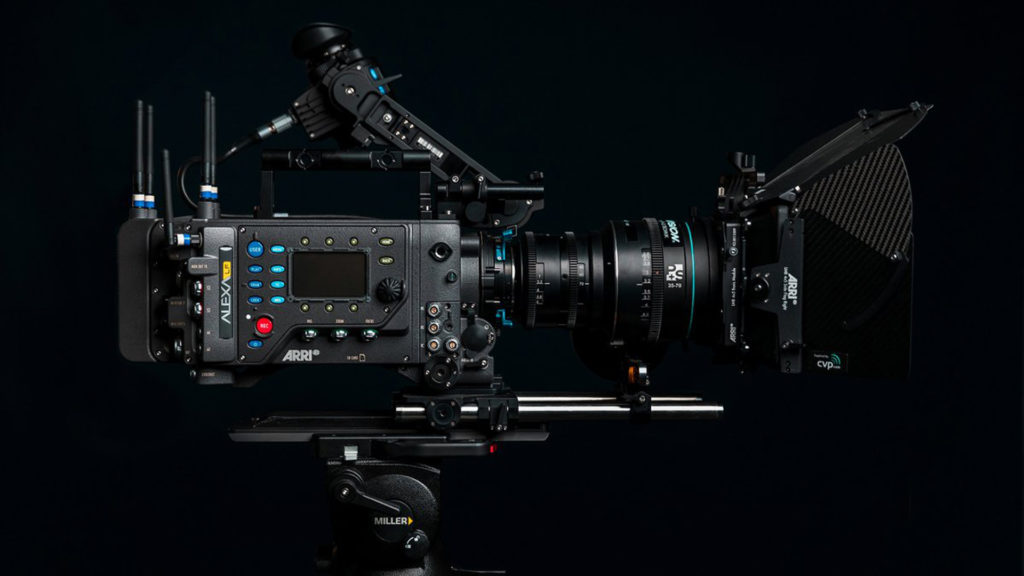

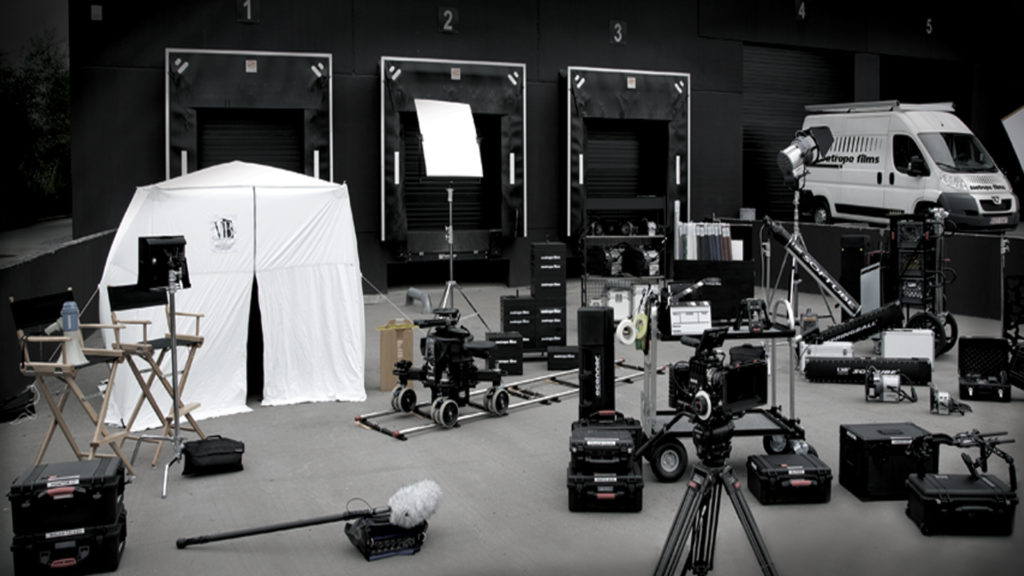
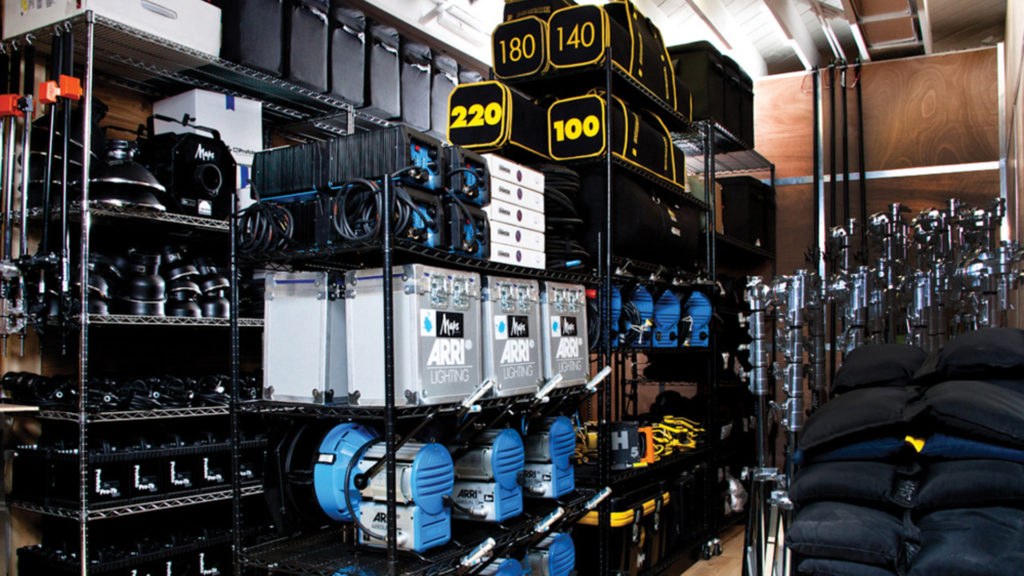
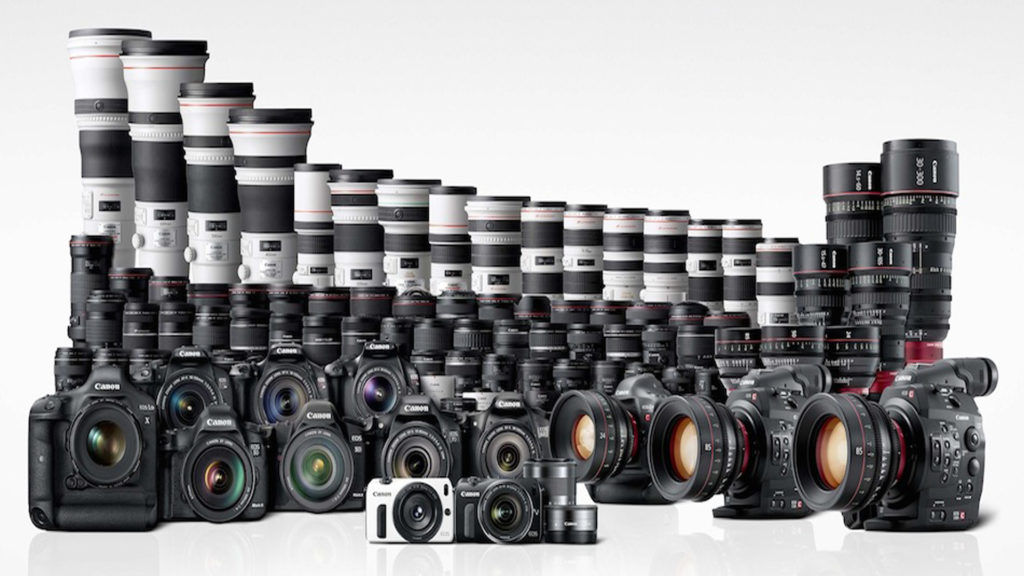
Equipment Rental
It’s just not possible to buy new production gear for every project. This is why filmmakers must rely on film equipment rentals. By renting video production supplies, videographers can fulfill the unique needs of every project they take on at a reasonable cost.



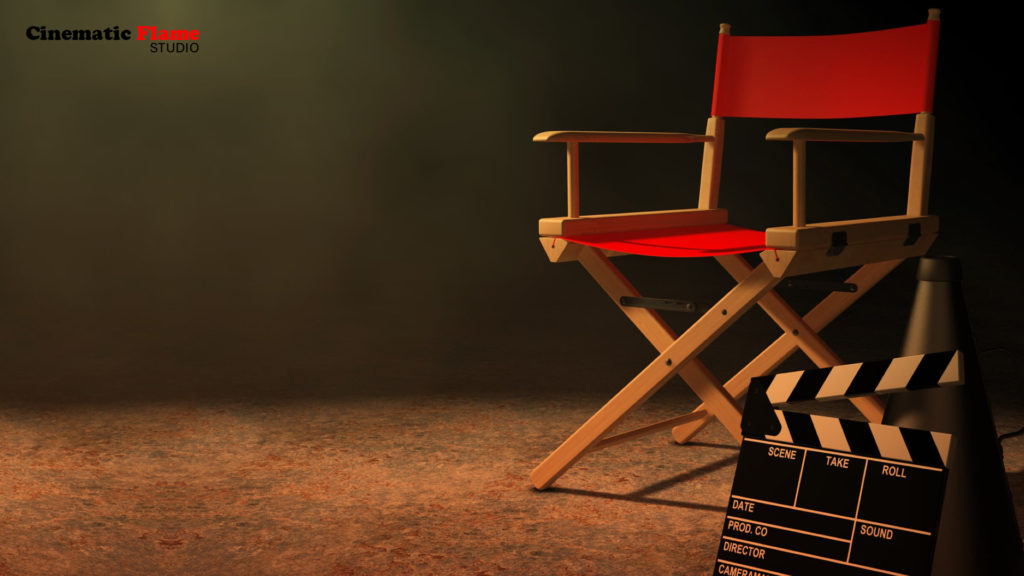


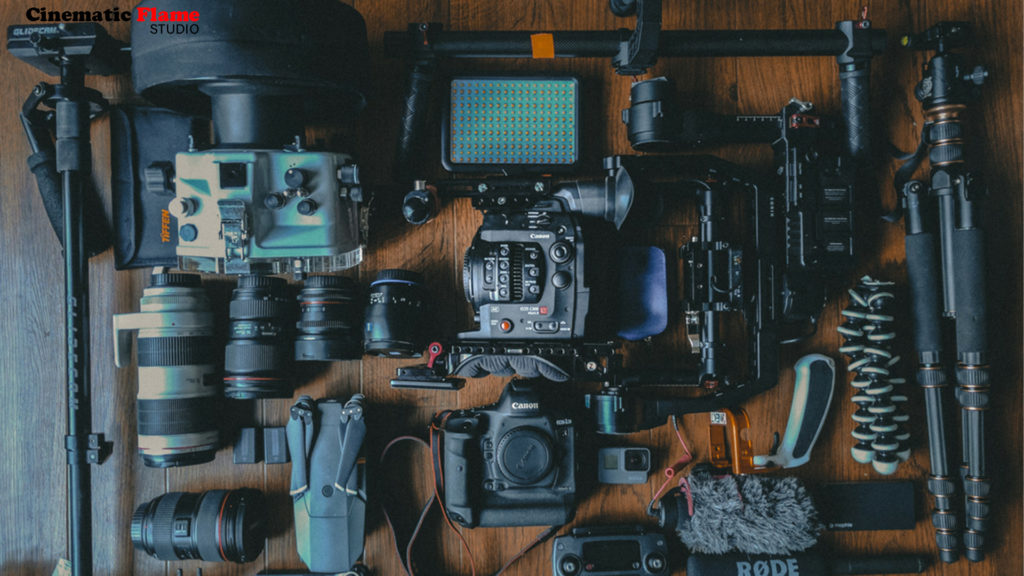

Everything you need to know about
pre - production
Script writing (or screenwriting) is the process of writing stories in the screenplay medium. Script writing is writing down the movement, actions, expression and dialogue of the characters in screenplay, in screenplay format.The process of writing a novel, a poem, or essay, is entirely different than script writing. In order to express yourself effectively for the screen, particular formatting methods are required. Screenplay format is used to express the story visually. Scriptwriters or screenwriters write for film, television, video games, and now even online web series. Script writing can be done for hire or on speculation in hopes to sell their screenplay or find an agent.
Film budgeting refers to the process by which a line producer, unit production manager, or production accountant prepares a budget for a film production. This document, which could be over 134 pages long, is used to secure financing for and lead to pre-production and production of the film. Multiple drafts of the budget may be required to whittle down costs. A budget is typically divided into four sections: above the line (creative talent), below the line (direct production costs), post-production (editing, visual effects, etc.), and other (insurance, completion bond, etc.) The budget excludes film promotion and marketing, which is the responsibility of the film distributor. Film financing can be acquired from a private investor, sponsor, product placement, film studio, entertainment company, and/or out-of-pocket funds.
Location scouting is a vital process in the pre-production stage of filmmaking and commercial photography.
Once scriptwriters, producers or directors have decided what general kind of scenery they require for the various parts of their work that is shot outside of the studio, the search for a suitable place or “location” outside the studio begins. Location scouts also look for generally spectacular or interesting locations beforehand, to have a database of locations in case of requests.Location scouts often negotiate legal access to filming locations.
A shooting schedule is a plan that every film, tv show, and commercial follows to make sure the production goes smoothly. It’s a simple breakdown of the scenes, talent, time, cast, company moves, and day breaks.
A script breakdown is an important filmmaking process that allows you to identify all the script elements needed to prep, schedule, and budget a film production. A breakdown happens at a scene level. The person tasked with the job will create scene breakdown after scene breakdown until a full, start-to-finish script breakdown is completed. This will be used to determine technical and creative requirements for each department.
A script breakdown element is an object, person, or process that is identified when creating a scene breakdown, such as:
Cast / Characters
Extras,
Props,
Set Dressing,
Costumes,
Makeup,
Vehicles,
Stunts,
Special/Effects or VFX,
Livestock,
Sound,
Music,
Special Equipment.
Get a great casting director.
There are many reasons a filmmaker should hire a casting director, especially if they have the budget to do so. Casting Directors specialize in locating the best possible fit for all the characters in your production.
Furthermore, they open many doors that filmmakers can’t.They can increase the value of your film by attracting name talent with whom they already have a relationship. Further still, good casting directors know how to interpret the creative language into living breathing talent.
All of the tips you need to learn, they already know.In other words, if you can afford one, there are few reasons you shouldn’t hire a Casting Director.It’s wise to do so early in your development phase for all of the reasons above. There are financial benefits to attaching a well-known actor early.Now, if you think you can do the job yourself and have a deep sense of belief in your ability to work with actors, do it.If you’re a more technical filmmaker who understands film techniques more than performances, consider enlisting some sage like wisdom.
A shot list is a strategic document that lists all the shots to be shot in a specific shoot day. It’s a way for the director to clearly communicate the vision of the film, TV series, photography shoot or commercial with the DP and 1st AD. The shots list includes key details, such as shot size, type, camera movement, lens and gear requirements. A shortlist is like a shopping list to make sure you get every shot you need to tell the story.
A film crew is a group of people, hired by a production company, for the purpose of producing a film or motion picture. The crew is distinguished from the cast as the cast are understood to be the actors who appear in front of the camera or provide voices for characters in the film. The crew is also separate from the producers as the producers are the ones who own a portion of either the film company or the film’s intellectual property rights. A film crew is divided into different departments, each of which specializes in a specific aspect of the production. Film crew positions have evolved over the years, spurred by technological change, but many traditional jobs date from the early 20th century and are common across jurisdictions and film-making cultures.
A storyboard is a visual representation of a film sequence and breaks down the action into individual panels. It sketches out how a video sequence will unfold. A storyboard is similar to a trial-run for your finished film, video, or commercial, laid out in a comic book-like form.
Comprised of a sequence of drawings, sketches, reference images or photographs of stand-ins.
Provides a visual guidance for look, feel and movement.
Indicates the staging of actors and camera placement.
May include dialogue and sound direction.
That’s why when a movie is in pre-production, one of the script supervisor’s first jobs is to time the script. She or he reads through the screenplay with a stopwatch, estimating how long each scene will play, then adds up the total running time. Generally, they go through the whole script twice, averaging the times.
That’s why when a movie is in pre-production, one of the script supervisor’s first jobs is to time the script. She or he reads through the screenplay with a stopwatch, estimating how long each scene will play, then adds up the total running time. Generally, they go through the whole script twice, averaging the times.
Essential features in a camera should include high-quality 4K and Full HD recording, manual controls, audio inputs (at a minimum a 3.5mm mic jack), and good lens options. Invest in a good, solid tripod. This can last nearly forever if properly cared for and is easily one of the most important tools on a film set.








